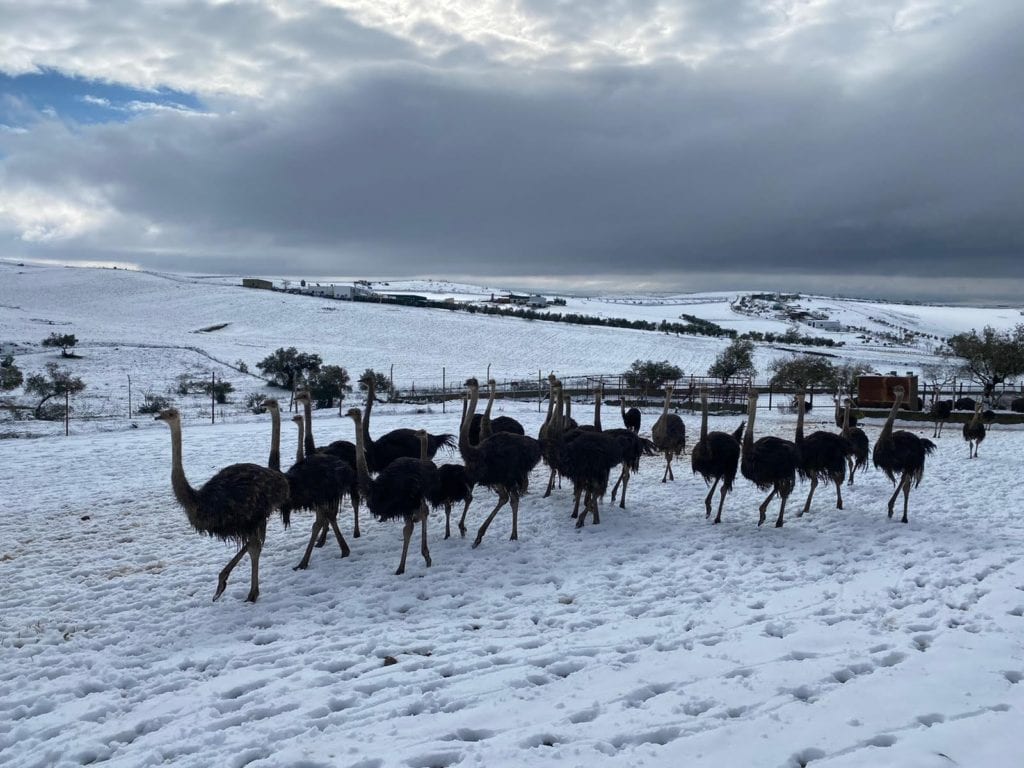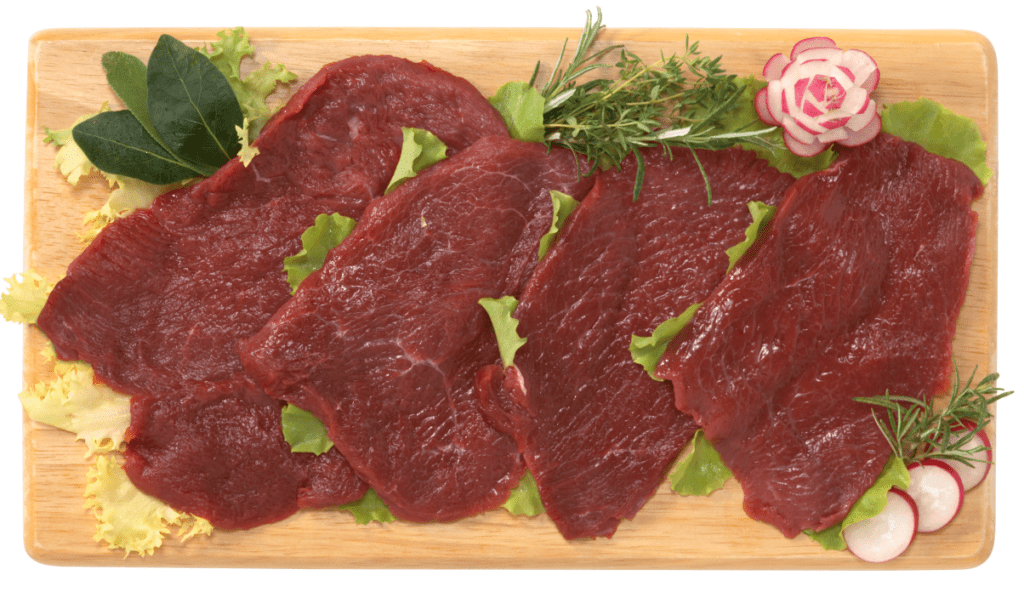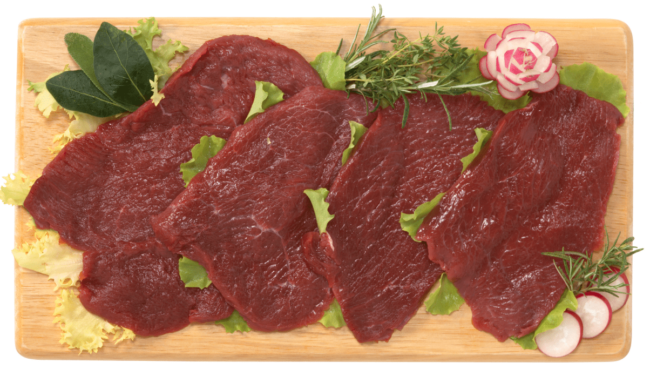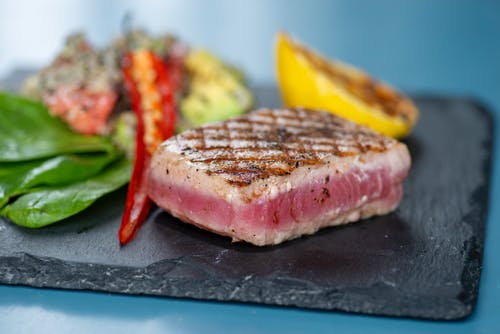What at the time promised to be one of the star products in the sector of exotic meats, with the passage of time, it became an option condemned to failure. There are several reasons and factors that explain why the ostrich meat It ended up not being the goose that laid the golden eggs that everyone thought it would be. Of the hundreds of ostrich farms that existed in their prime, the number today is greatly reduced. In fact, the family business Gourmetrich (Cantos Fountain, Badajoz)It is one of the few in the national scene that still produces and markets this animal. Let's see what happened in Spain so that this South African bird went from one extreme to the other.
Ostrich meat in Spain
About two decades ago, in the late 90s, the Spanish livestock sector wanted to give a product a try exotic that, precisely because of that factor, they believed it would triumph. Nothing could be further from the truth. What spread across the country at unprecedented speed ended up ruining hundreds of ranchers.
The truth is that several reasons were given for the firm belief that the trade in ostrich meat it could bear fruit in Spain. It was about Red meat with hardly fat, the eggs were also healthier, at the time coincided with problems such as the crazy cows, so that people could opt more for this meat ... In other words, a safe bet that they would soon profit from.
So what happened? It happened that the plan was not well studied. "The complexity of these birds. Out of every 100 eggs, 30 chickens will die, they have one high mortality, something that does not happen to you with other species ", he explained Federico Castello, CEO of the Royal Poultry School, for Vozpópuli. The economic factor was not well calculated either: “An ostrich eat 5 times more than a chicken, so that meat, even if it is healthier, will always be more expensive, because it costs more to produce ”. And people were not willing to pay more having cheaper options on the market. Perhaps the idea was not bad, but it was planned in such a way that neither producers nor consumers were profitable.

Gourmetruz, the survivor
Active since 1995 and with more than 25 years of experience in the sector, Gourmetrich It is one of the largest farms not only in Spain, but in all of Europe. The weather conditions where the farm is located -which is located, as said before, in Badajoz, Extremadura-, make it the perfect environment for ostriches. Today, Benito Parra -Gourtmetruz cattle rancher- has about 150 heads, but has reached approximately 2300.
And that can be considered quite an achievement. Especially considering that, of all those that were when the ostrich meat it was so in demand, his is one of the few farms left standing in the country. And still they had to stop its production for some years. On the one hand, due to a restriction on having slaughterhouses on the farm itself. And, on the other hand, because the market opened to South Africa. And the meats that came from there were cheaper and, therefore, more competitive.

But they resurfaced. And, although they do not make any profits beyond those necessary to maintain the farm, it seems that the family business has a long way to go. And not only with regard to meat, but also eggs, which are also traded -especially to restaurants- at an approximate price of $20. The size certainly deserves it.
Trade in ostrich meat it did not have the boom that everyone expected at the time. In fact, even today, if a coherent and transparent plan is not made, it seems that this market is going to re-emerge. If it still exists in Spain, it is because of those small herds like Gourmetruz that resist after decades dedicated to the sector. Were you able to try this meat delicacy from an exotic animal at its peak? Would you pay what it costs now to taste it?







